Jilledu
₹99
Jilledu, scientifically known as Madhuca longifolia, is a captivating tropical evergreen tree renowned for its beauty and versatility. This majestic tree boasts lush green foliage, fragrant flowers, and produces edible fruits with a unique flavor. Jilledu is not only visually stunning but also offers numerous ecological and economic benefits.
91 people are viewing this product right now
🔥 12 items sold in last 3 hours
Jilledu, scientifically known as Madhouse Mongolian, is a captivating tropical evergreen tree renowned for its beauty and versatility. This majestic tree boasts lush green foliage, fragrant flowers, and produces edible fruits with a unique flavor. Fulfilled is not only visually stunning but also offers numerous ecological and economic benefits.
Key Features & Benefits
- Ornamental Value: Jilledu is a highly prized ornamental tree, adding a touch of elegance and grandeur to any landscape. Its dense foliage provides shade, while its attractive flowers and fruits enhance its aesthetic appeal.
- Edible Fruits: The fruits of Jilledu, known as “Mahatma” or “Madhouse India,” are edible and have been used for centuries in traditional cuisines. They are rich in antioxidants and possess medicinal properties.
- Ecological Significance: Jilledu plays a vital role in maintaining ecological balance. It helps to improve soil quality, prevent soil erosion, and provides habitat for various wildlife species.
- Medicinal Uses: Jilledu has been traditionally used in Ayurveda for its various medicinal properties. Different parts of the tree, including the flowers, leaves, and bark, are used to treat various ailments.
- Economic Value: Jilledu trees have significant economic value. The fruits can be used to produce edible oils, alcohol, and traditional medicines. The wood is also used for timber and firewood.
Plant Care Guide
Ideal Plantation Locations
Jilledu thrives in tropical and subtropical climates with warm temperatures and moderate rainfall. It prefers well-drained, fertile soils with a slightly acidic to neutral pH. It is commonly found in deciduous forests, along riverbanks, and in open woodlands.
Planting & Gardening Instructions
- Location: Choose a sunny location with ample space for the tree to grow.
- Soil Preparation: Prepare the soil by digging a deep hole and mixing it with well-rotted organic matter like compost or manure.
- Planting: Plant the Jilledu seedling at the appropriate depth, ensuring the root ball is firmly in contact with the soil.
- Spacing: Maintain a spacing of at least 10-15 meters between trees to allow for proper growth and development.
Watering
Water the Jilledu tree regularly, especially during the initial growth stages. Reduce watering frequency as the tree matures. However, ensure the soil remains consistently moist but not waterlogged.
Fertilizers
Apply a balanced NPK fertilizer to the base of the tree during the growing season. Organic fertilizers like compost and cow dung manure can also be used.
Re-potting Instructions
Re-potting may be necessary for young Jilledu trees as they grow. Choose a larger pot with adequate drainage holes. Gently remove the tree from the existing pot, loosen the roots, and place it in the new pot with fresh potting mix.
Fruiting Season
Jilledu trees typically start fruiting 3-5 years after planting. The fruiting season usually occurs during the spring and summer months.
Usage Ideas
- Ornamental Tree: Plant Jilledu as an ornamental tree in parks, gardens, and along avenues.
- Shade Tree: Utilize its dense foliage to provide shade in outdoor spaces.
- Fruit Production: Cultivate Jilledu for its edible fruits and explore various culinary uses.
- Medicinal Purposes: Explore the traditional and modern medicinal uses of Jilledu.
- Timber Production: Utilize the wood for various purposes, including timber and firewood.
Only logged in customers who have purchased this product may leave a review.
₹449
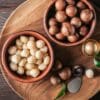
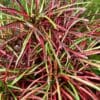
₹199
Related products
Designed, Developed & Maintained by Growww.
Copyright © 2024 Ashok Chakra Nursery

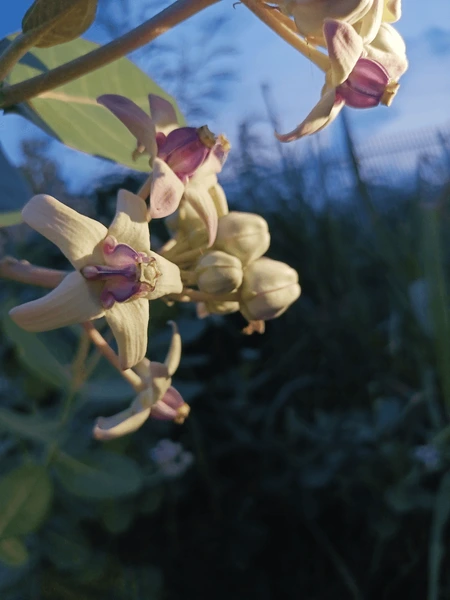
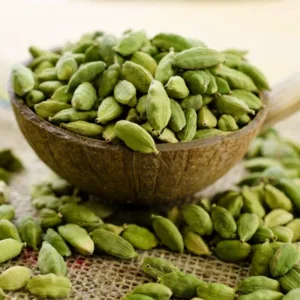
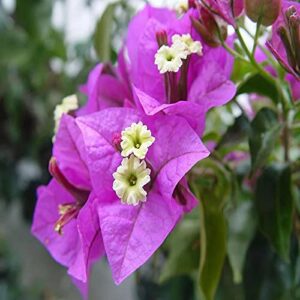
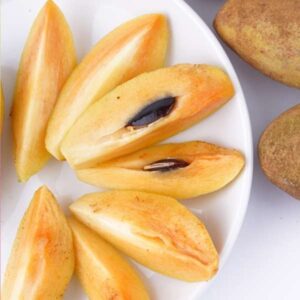
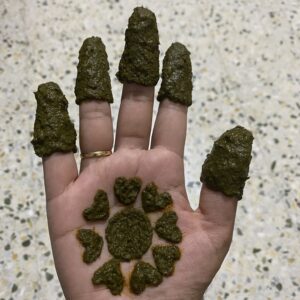
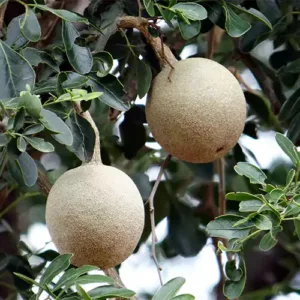
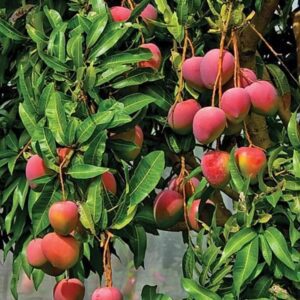
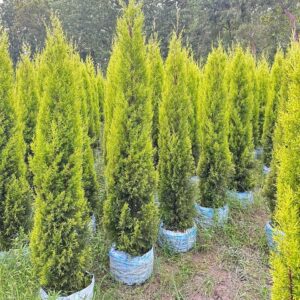
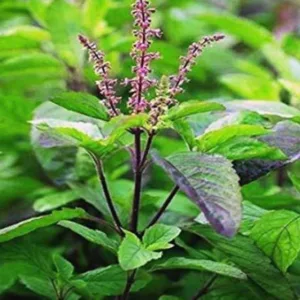
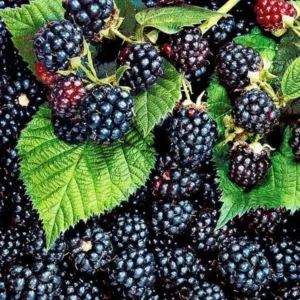
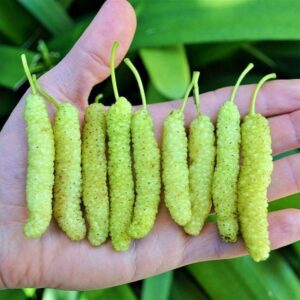
Reviews
There are no reviews yet.